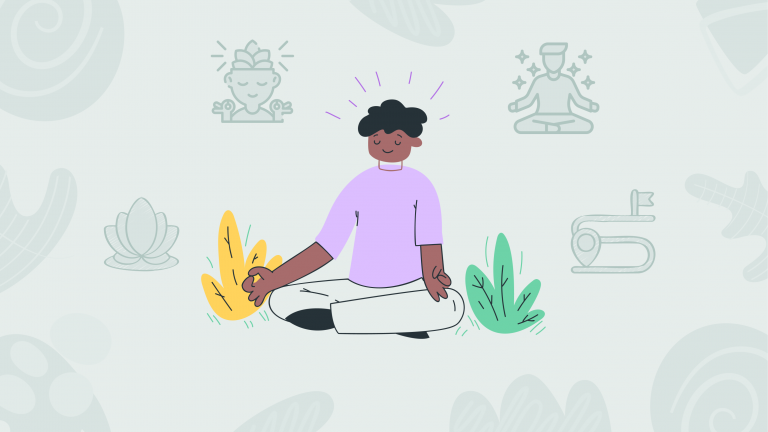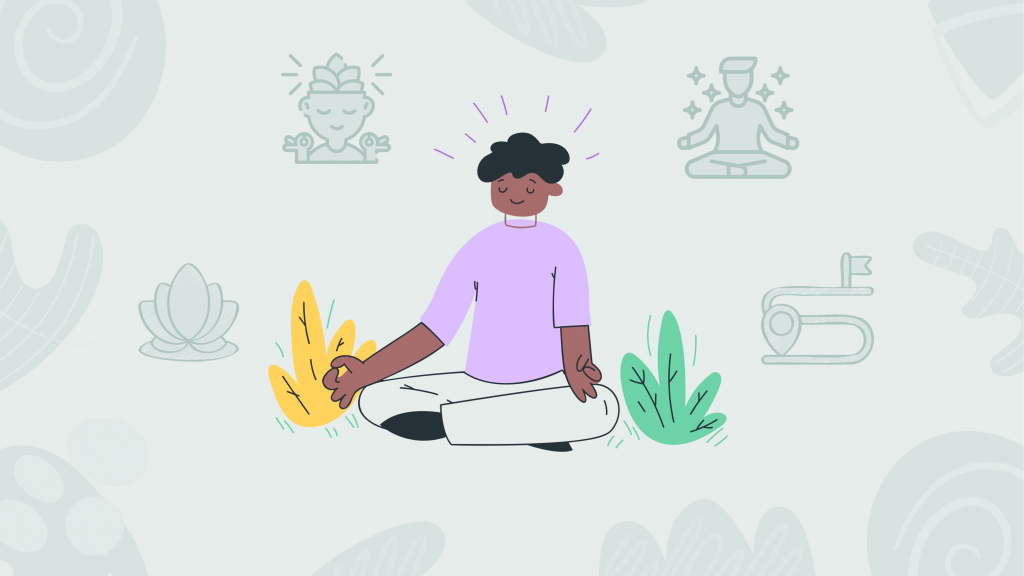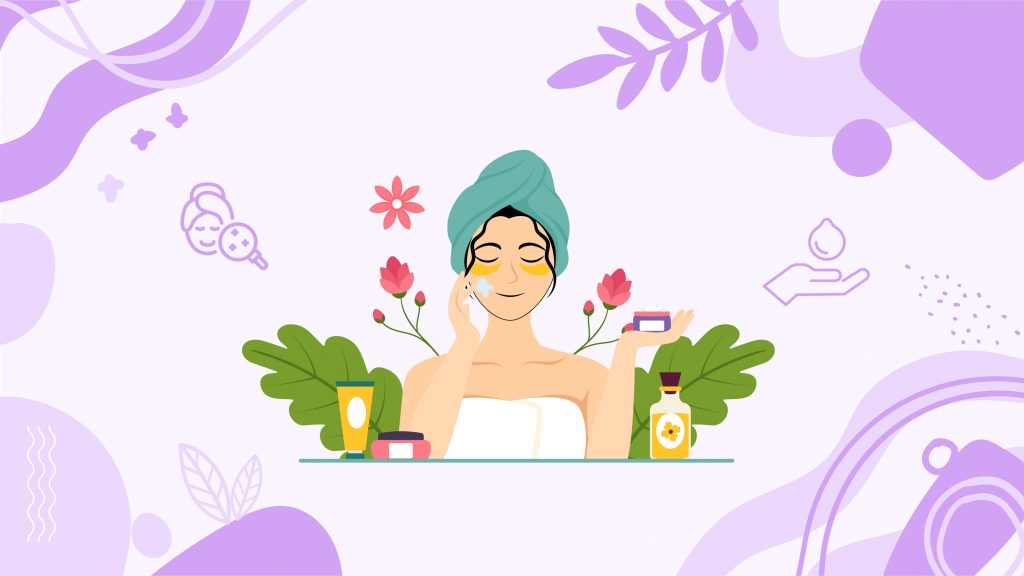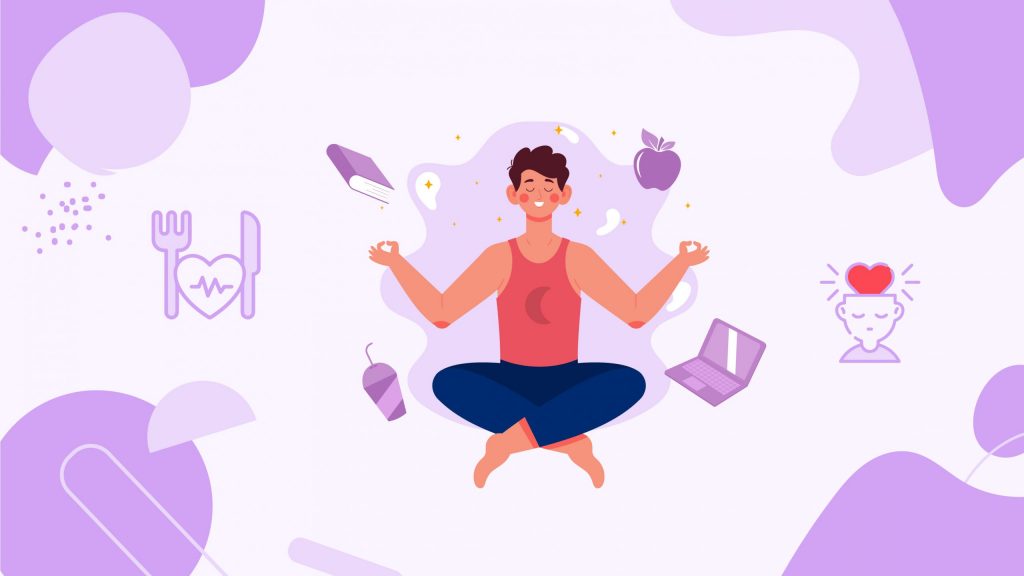The Meditation Maze
Welcome to “The Meditation Maze,” where we untangle the knots of confusion around meditation.
Picture this: you’ve heard all the buzz about how meditation can chill you out and do wonders for your health, but when you actually try it, you’re supposed to sit there, clear your mind (which keeps buzzing with a million thoughts), and somehow find zen in the chaos. Sounds tricky, right?
Many folks think meditation means flipping a switch to turn off their brain or needing to sit cross-legged for hours like a serene monk.
This misconception makes meditation seem like a mountain too high for those of us juggling the circus of daily life. But here’s the thing: meditation isn’t about achieving some perfect state of calm on the first try or locking yourself away in silence. It’s more about meeting yourself where you are, finding a moment of peace amidst the buzz, and gradually getting to know the ins and outs of your own mind.
Let’s dive into this maze together, uncovering the real deal about meditation and how it can fit into the hustle and bustle of modern living.
The Science of Stillness
Examining the science of stillness delves into the neurological and neurochemical underpinnings of meditation’s impact on the brain and body. At its core, meditation enhances mindfulness and induces a state of relaxed awareness.
Neurologically, it reduces activity in the default mode network (DMN), the brain area active during mind-wandering and self-referential thoughts, often linked with anxiety and stress. Meditation increases the production of neurotransmitters like GABA, which promotes calmness, and decreases cortisol levels, mitigating stress responses.
This section simplifies the complex biochemistry and neural activity changes induced by meditation, explaining how these shifts contribute to improved mental clarity, emotional stability, and physical health.
Furthermore, meditation practices can influence the connectivity between different brain regions. For instance, enhanced connectivity between the prefrontal cortex and amygdala, the emotion processing center, helps in managing emotional responses more effectively, leading to a more balanced and less reactive state of mind.
On a neurochemical level, meditation can also affect other neurotransmitters and hormones beyond GABA and cortisol. It can increase levels of serotonin, often referred to as the ‘feel-good’ neurotransmitter, which plays a pivotal role in mood regulation and overall well-being.
Additionally, meditation can boost the release of endorphins, the body’s natural pain relievers and mood enhancers, contributing to a sense of euphoria and pain reduction.
Subscribe to newsletter
Get your Gut Health Starter Guide right now.
Elevate your Tuesdays with practical, science-backed wisdom propelling you forward on your gut health journey.

Path to Inner Peace
To navigate the path to inner peace through meditation, here’s how you can make it a seamless part of your routine:
- Set a Regular Time: Choose a time of day when you’re least likely to be disturbed and can consistently dedicate to your practice, whether it’s early morning, during a lunch break, or before bedtime.
- Create a Meditation Space: Designate a quiet, comfortable spot in your home as your meditation area. It doesn’t have to be big—a corner of your room with a cushion or chair will do. Consider adding elements that soothe you, like a plant, a calming picture, or a scented candle.
- Start with Short Sessions: Begin with 5-10 minutes of meditation daily. Use a timer to help you focus on the practice instead of the clock. As you get more comfortable, gradually extend your meditation time.
- Experiment with Different Techniques: Try various forms of meditation to see what resonates with you. For example, start with focused attention on your breath, then explore mindfulness meditation, where you observe thoughts without judgment, or try loving-kindness meditation to cultivate feelings of compassion.
- Use Guided Meditations: If you’re unsure how to start or maintain focus, guided meditation apps or online videos can be a helpful resource. They can provide structure and lead you through the process.
- Incorporate Mindfulness into Daily Activities: Practice being fully present during routine tasks, like eating, walking, or showering. Notice the sensations, textures, and experiences of these activities to enhance mindfulness.
- Be Patient and Consistent: Like any skill, meditation takes time to develop. Regular practice is key, even if some days it feels more challenging than others.
- Join a Meditation Group or Class: Sometimes, meditating with others can enhance your practice and offer support. Look for local meditation groups, classes, or retreats.
By following these steps, you can build a meditation practice that fits into your life, enhances your well-being, and leads you on a peaceful journey towards inner calm and balance.
Transformation Tales
Meet Alex, a high school teacher struggling with stress and burnout. Overwhelmed by the demands of his job and feeling disconnected, Alex felt his life was spiraling out of control. He turned to meditation as a last resort, skeptical but desperate for change.
His initial attempts were frustrating; he found it difficult to quiet his racing thoughts and often felt he was failing at meditation. However, with persistence and patience, Alex began to notice subtle shifts.
He started with just five minutes a day, gradually increasing his practice time, exploring different techniques, and attending a local meditation group.
Alex shares, “In the beginning, meditation felt like another chore, another thing I was supposed to do but couldn’t get right. My mind was a battlefield of thoughts, and sitting still was a struggle. But as I persisted, something clicked. I learned to observe my thoughts without getting caught up in them.
Gradually, my ‘meditation moments’ became a sanctuary of peace in my hectic days. I didn’t realize it at first, but my ability to handle stress improved, my focus sharpened, and I began feeling more connected and present in my relationships. Meditation didn’t just help me manage stress; it transformed how I engage with life.
Now, two years into my practice, I have a sense of clarity and resilience I never thought possible. Meditation has become a non-negotiable part of my daily routine, and the mental and emotional benefits have been nothing short of life-changing.”


















